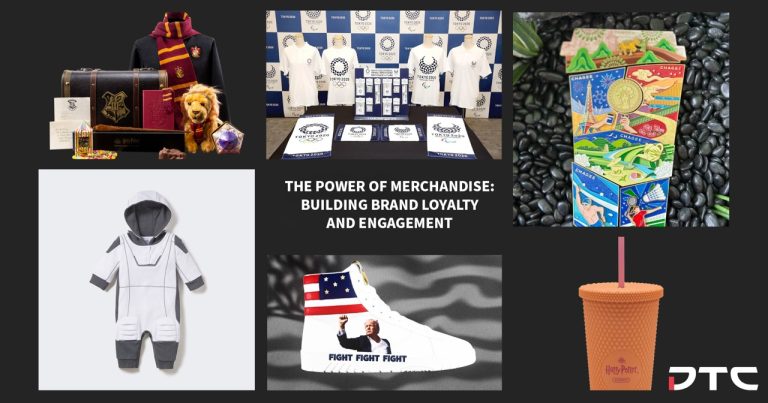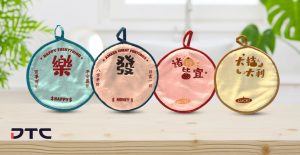
How Collectible Merchandise Drives Brand Loyalty: Lessons from Burger King, McDonald’s & KFC

In the ever-evolving world of marketing, few strategies have proven as enduringly effective as collectible merchandise. The power of collectibles lies in their ability to create a deep emotional connection between the brand and the consumer, turning casual customers into devoted brand advocates.
The Power of Collectibles
Collectibles are not just products; they are physical manifestations of a brand’s identity, values, and story. When done right, they can create a sense of nostalgia, exclusivity, and desire among consumers. Collectible merchandise appeals to both emotional and rational aspects of consumer behavior—emotionally, they remind consumers of positive experiences associated with the brand, and rationally, they offer tangible value, especially when items are part of a limited edition.
Case Study 1: Burger King Singapore’s DC Super Heroes Collectibles
Burger King Singapore has recently rolled out a new line of collectible DC Super Heroes merchandise as part of their King Jr. Meal promotion. From July to August 2024, customers can collect limited-edition DC Super Heroes cups featuring popular characters like Batman, Wonder Woman, and Superman. This campaign not only targets children but also resonates with older fans of the DC universe, creating a cross-generational appeal. The limited availability of these cups drives a sense of urgency, encouraging repeat visits to complete the collection.

image source: Singpromos

image source: Singpromos
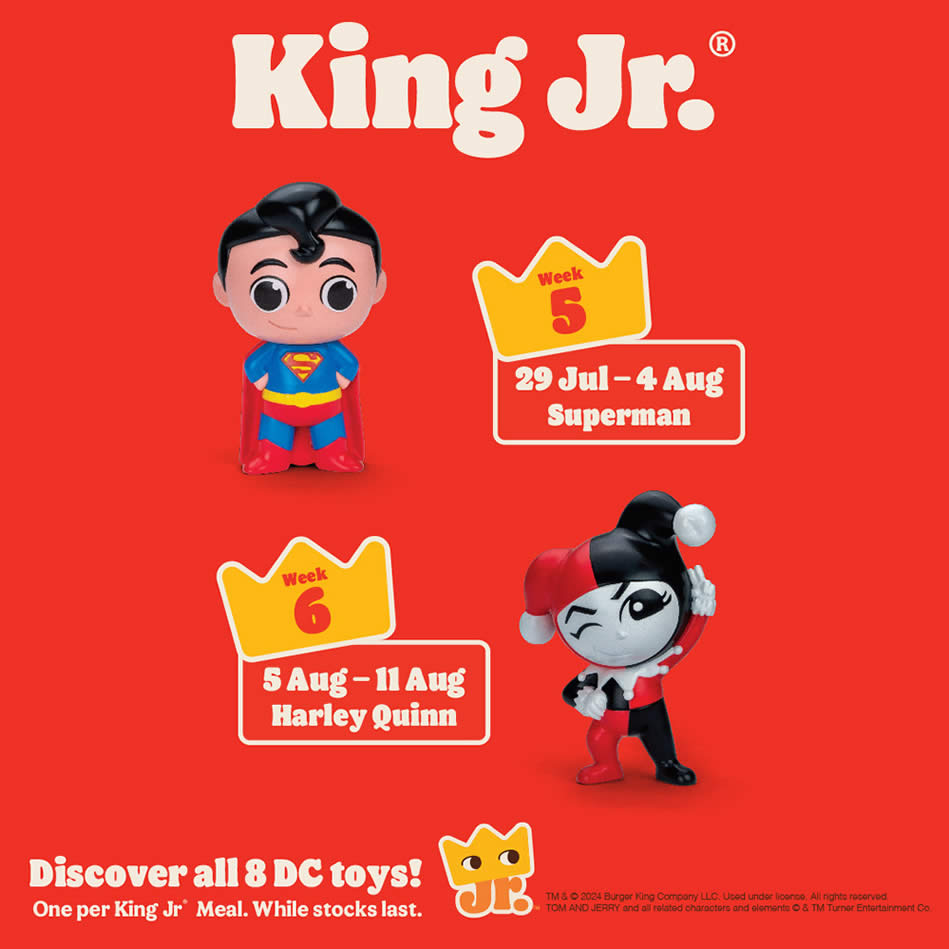
image source: Singpromos
Case Study 2: McDonald’s: A Masterclass in Collectible Merchandise
McDonald’s has a long history of using collectible toys and merchandise as part of its marketing strategy, most famously through its Happy Meals. In August 2024, McDonald’s launched a new collector’s meal that features six unique retro-style cups, each inspired by iconic moments in the brand’s history. These cups harken back to past McDonald’s collectibles, such as the popular Hello Kitty, Beanie Babies, and other nostalgic items that have become ingrained in the memories of many. The retro design of the cups is more than just a nod to the past; it’s a strategic move to reignite emotional connections with customers.

image source: NYPost
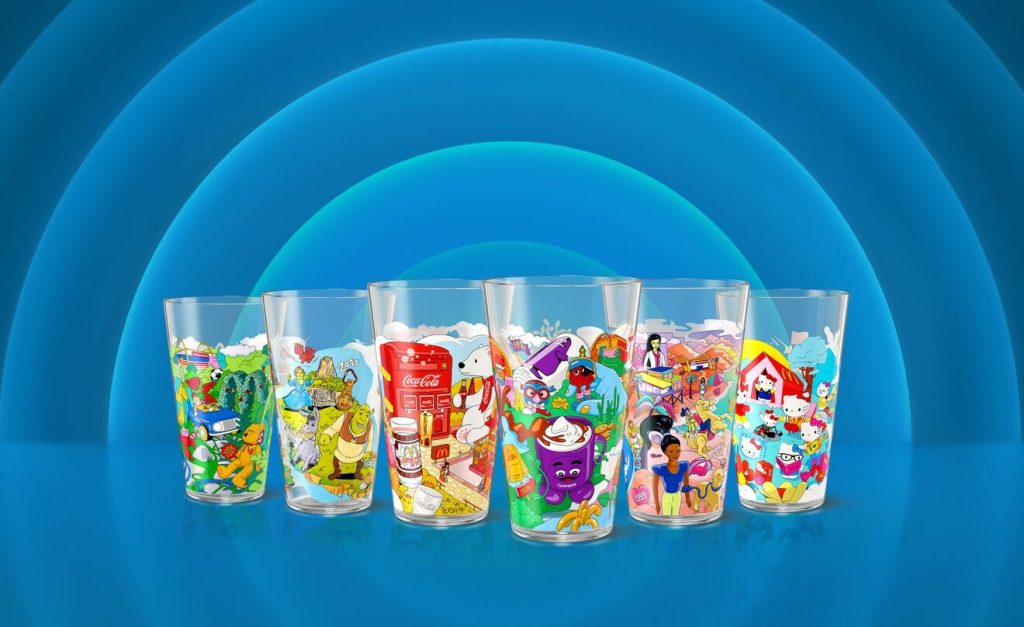
image source: USAToday
Case Study 3: KFC China’s Pop Mart Dimoo Collectibles
KFC China has mastered the art of leveraging collectible merchandise to engage consumers, particularly through partnerships with popular culture icons. A prime example is their collaboration with Pop Mart.
In 2022, KFC partnered with Pop Mart to launch a collection of Dimoo figurines, available only through specific meal purchases. This campaign was an instant success, driving a significant increase in sales and sparking a frenzy among collectors. The demand was so high that KFC had to enforce a purchase limit to ensure fair distribution.

Credit:Digitaling


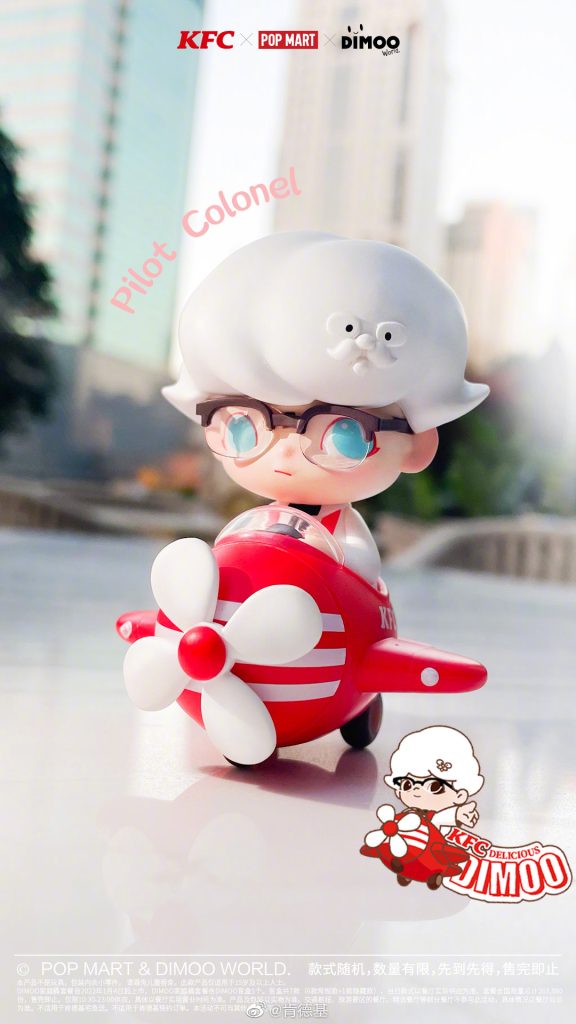



Credit:Digitaling
Key Takeaways
- Exclusivity Drives Demand: Limited edition items or collectibles available only for a short period create a sense of urgency among consumers, driving them to make a purchase quickly.
- Cross-Generational Appeal: By offering items that appeal to multiple generations, such as retro-themed products, brands can expand their reach and strengthen loyalty across age groups.
- Emotional Connection: Collectible merchandise that taps into nostalgia or holds sentimental value can deepen consumers’ emotional ties to the brand.
The Psychology Behind Collectible Merchandise
- Scarcity Principle: The perception of scarcity increases the value of collectible items in the eyes of consumers. Limited-time offers and exclusive releases create a sense of urgency, driving consumers to act quickly to secure their items.
- Nostalgia: Many collectible items tap into the power of nostalgia, connecting consumers with their past and evoking fond memories. This emotional pull can significantly enhance brand loyalty.
- Social Proof and Peer Influence: Collectibles often become a topic of conversation among consumers, especially in social circles and online communities. The desire to be part of a trend or to not miss out on what others are enjoying can drive more people to participate in the collectible campaign.
Lessons for Marketers
- Leverage Iconic Characters and Brands: Partner with established characters or brands that have a loyal following. This not only expands your reach but also adds credibility to your promotional campaign.
- Create a Sense of Urgency and Exclusivity: Limited edition and time-bound collectibles can generate a buzz that encourages quick consumer action. This can be particularly effective when tied to specific campaigns or product launches.
- Tap into Nostalgia: Nostalgia is a powerful tool in marketing. By offering collectibles that resonate with consumers’ past experiences, brands can deepen their emotional connection with their audience.
- Integrate Collectibles into a Larger Strategy: Collectibles should not be a standalone strategy. Integrate them into your broader marketing efforts, such as loyalty programs, social media campaigns, or in-store promotions, to maximize their impact.
Conclusion
Collectible merchandise has proven to be a powerful tool for driving brand loyalty and engagement. Ready to explore how collectible merchandise can elevate your brand? Contact DTC World to discover how we can help you create impactful merchandise strategies that resonate with your audience.
About DTC World
- In marketing, time waits for no one. Marketers face the constant challenge of delivering creative brand merchandise quickly without compromising on design or quality.
- At DTC World, we thrive under this pressure.
- With over two decades in the promotional premiums and gifts industry, we pride ourselves on delivering unique & fresh ideas that consumers love.
- Do you know 80% of our sales are from customised projects?
- Why? Consumers are attracted to and desire Unique & Fresh promotional premiums.
- Collaborate with DTC’s Proprietary Network of direct pre-approved factories.
- We turn Creativity and Speed to market as a competitive edge for you, with reliability and the assurance of achieving promotional success in every project.

